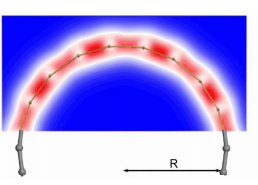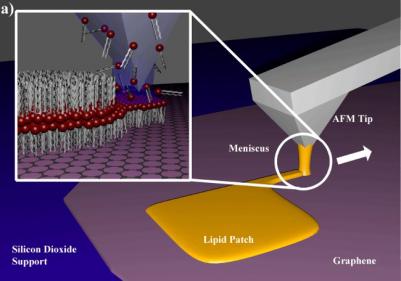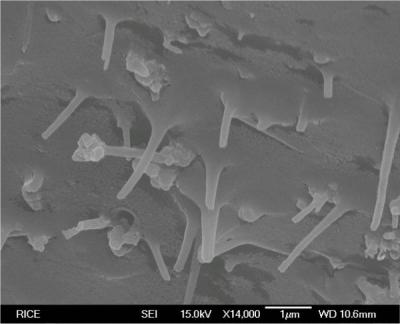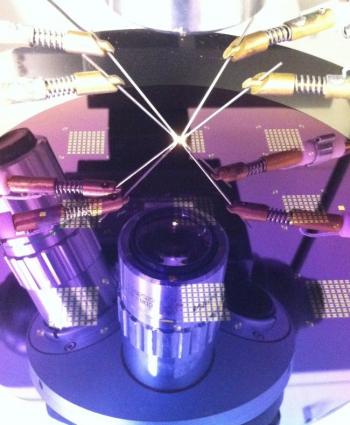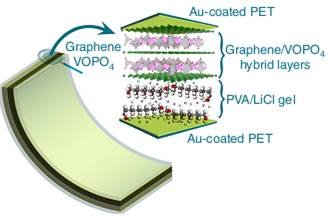Haydale updates on their graphene inks and GNPs, expects products based on graphene inks by early 2014
Back in June 2013, Haydale (owned by ICL from May 2011) announced that it developed metal-free graphene-based inks. Haydale, established in 2003 with strong links with Swansea University, is developing and marketing carbon materials under the HDPlas brand. The company currently focuses on graphene, CNTs and zinc nanomaterials. Ray Gibbs, ICL's Commercial Directory was kind enough to update us on Haydale's new inks and more aspects of their business and technology.
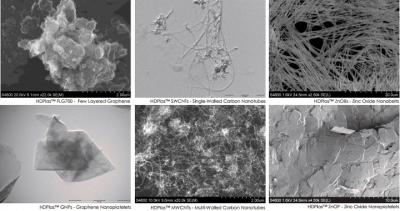
Haydale developed their own Split-Plasma process to convert mined graphite ore into functionalised graphene flakes (nanoplatelets). This scalable and environmentally friendly method is claimed to be significantly quicker and substantially more cost efficient than other methods. Split-Plasma does not damage the materials and can be controlled to provide appropriate functionalisation levels that are not restricted to the chemical groups associated with other "wet" chemistry processing methods. One of its unique characteristics is that the process can (and has) been used to functionalise synthetically produced graphene materials.

